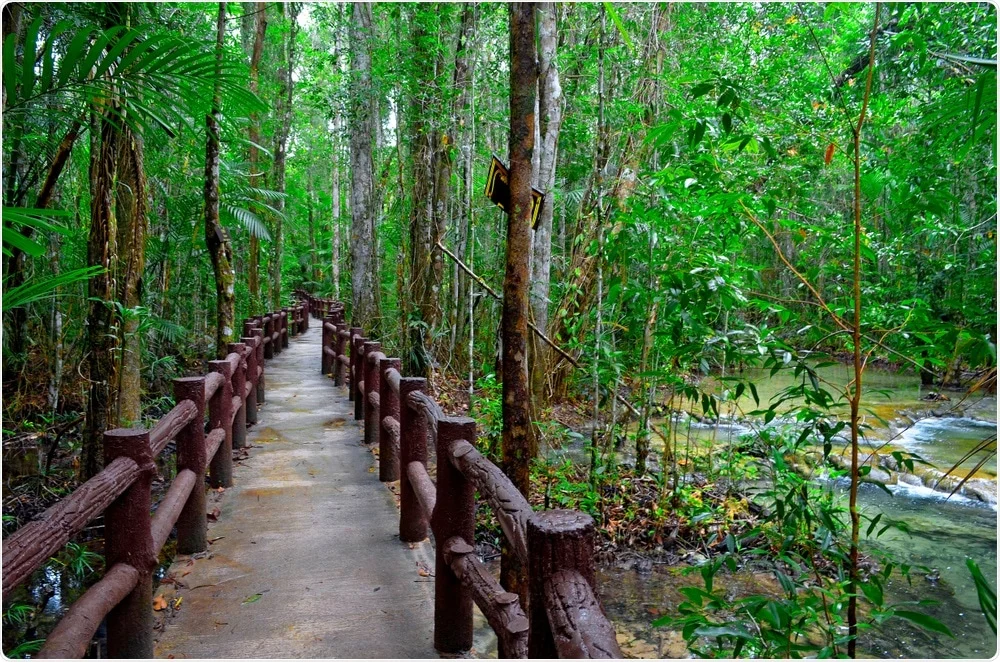
Nature's Prescription: The Urban Forest and Mental Health
The relentless march of urbanization has seen humanity increasingly detached from the natural world. While the allure of city life is undeniable, mounting evidence suggests a profound connection between human well-being and our engagement with nature. Studies have consistently shown that spending time in natural environments can significantly improve mental health, reducing stress, anxiety, and depression.
A growing body of research indicates that the human brain is hardwired to connect with nature. Our ancestors evolved in natural settings, and our brains have adapted to find these environments restorative. The sensory experiences provided by nature, such as the sight of greenery, the sound of birdsong, and the smell and feel of soil beneath our feet, can trigger physiological responses that promote relaxation and improve mood. For instance, studies have shown that exposure to natural light can increase levels of serotonin, a neurotransmitter associated with happiness.
The benefits of nature for mental health are particularly relevant in the context of urbanization. Urban environments can be overwhelming, with constant noise, pollution, and social interactions. These factors can contribute to feelings of stress and isolation. In contrast, natural environments offer a sense of peace and tranquility, providing a much-needed respite from the demands of modern life.
While the evidence for the benefits of nature is clear, the challenge lies in finding ways to integrate natural elements into urban environments. One promising approach is the creation of urban forests. Urban forests are green spaces within cities that provide a variety of ecosystem services, including improved air and water quality, reduced noise pollution, and habitat for wildlife. They also offer numerous benefits for human health, including opportunities for physical activity, social interaction, and connection with nature.
Studies have shown that urban forests can have a significant impact on mental health. For example, a study conducted in South Korea found that individuals living near urban forests had lower levels of depression and anxiety compared to those living in areas with less green space. Another study, conducted in the United Kingdom, found that exposure to urban green spaces was associated with reduced rates of mental health problems in children.
The benefits of urban forests are not limited to mental health. They can also contribute to the economic vitality of cities by increasing property values, attracting tourists, and creating jobs in the green industry. Moreover, urban forests can help mitigate the effects of climate change by absorbing carbon dioxide and reducing the urban heat island effect.
Given the numerous benefits of urban forests, it is clear that they should be a priority for urban planners and policymakers. However, creating and maintaining urban forests can be challenging, requiring significant investments of time, money, and resources. Nevertheless, the long-term benefits of these green spaces far outweigh the costs.
In conclusion, the evidence is overwhelming: human beings need nature. As we continue to urbanize, it is imperative that we find ways to incorporate natural elements into our built environment. Urban forests offer a promising solution, providing numerous benefits for both human health and the environment. By investing in urban forests, we can create healthier, more sustainable, and more livable cities for generations to come.